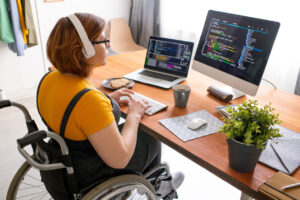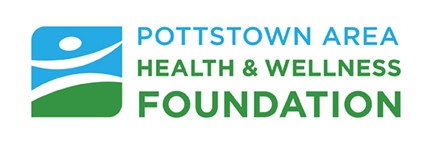Building Digital Inclusivity: The Power of Accessibility Tools
Accessibility tools play a pivotal role in creating a digital environment that accommodates diverse needs, enabling everyone to connect and engage. Pottstown Area Health & Wellness Foundation is committed to providing resources for every member of our community.
That’s why we’ve implemented changes throughout our website, improving legibility and leveraging tools, powered by accessiBe, to provide new accessibility modes, including seizure safe, vision impaired, cognitive disability, and ADHD friendly profiles.
Look for the accessibility icon to customize our web resources.![]()
Digital accessibility tools are designed to break down barriers that might hinder individuals with disabilities from fully engaging socially or participating in the workplace. These tools address various obstacles, including those related to mobility, vision, hearing, and cognitive functions.
For example, screen readers such as Job Access with Speech (JAWS), NonVisual Desktop Access (NVDA), and VoiceOver assist individuals with visual impairments by converting text into speech and connecting with braille displays to make digital content accessible.
Empowering Diverse Abilities in the Workplace

From grantmaking resources to publications and research, the Foundation hosts digital assets that empower purpose-driven organizations to make the most impact, and we’re committed to making sure those resources are available to individuals of all abilities.
The workplace is a melting pot of diverse talents and skills, and digital tools allow team members to contribute to their full potential. Speech recognition software, such as Dragon for instance, allows individuals to navigate computers and perform tasks using voice commands, enhancing their independence and productivity.
Communication is the cornerstone of a successful workplace, and accessibility tools ensure that communication channels are open to everyone. Developers are increasingly building closed captioning into meeting and video conferencing platforms. Text to speech tools such as ChromeVox, Read Aloud, and Microsoft’s Immersive Reader each support users of all abilities, fostering a more inclusive exchange of ideas and information. In addition, mobile devices have built-in settings that include screen readers, magnification gestures, and other tools to help bridge the gap in digital accessibility.
A Digital Space for Everyone
Implementing accessibility tools is not just about compliance. It helps content creators expand their reach and multiply their impact. By removing barriers to information and tasks, these tools enable users to efficiently get the information they need and participate in the conversation. Accessibility tools are indispensable assets. While it’s important to note that the effectiveness of these tools may vary based on individual needs and preferences, they are starting to reduce barriers for individuals with disabilities as well as contribute to a more productive, communicative, and positive digital world.
